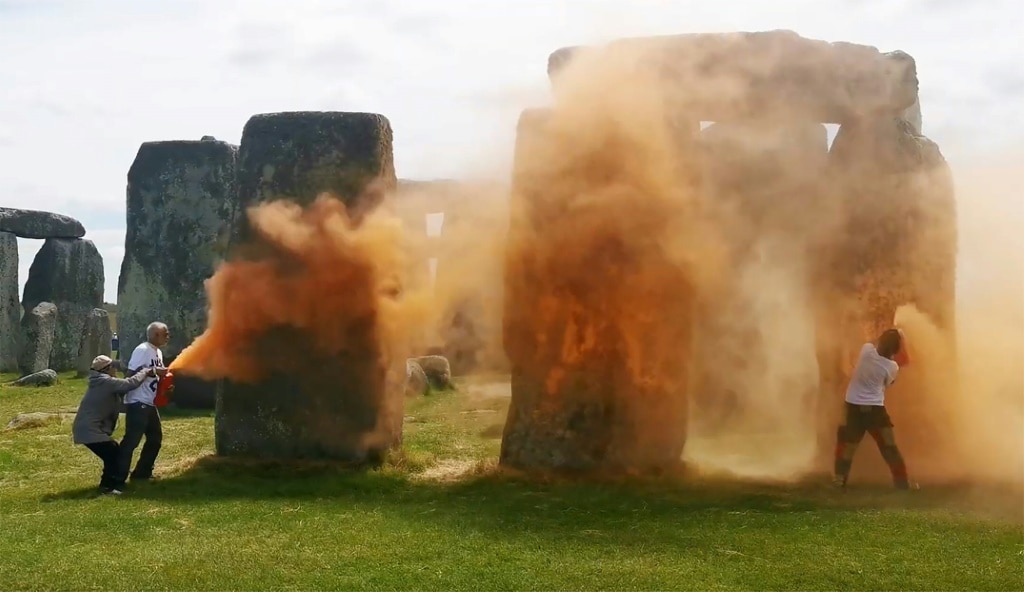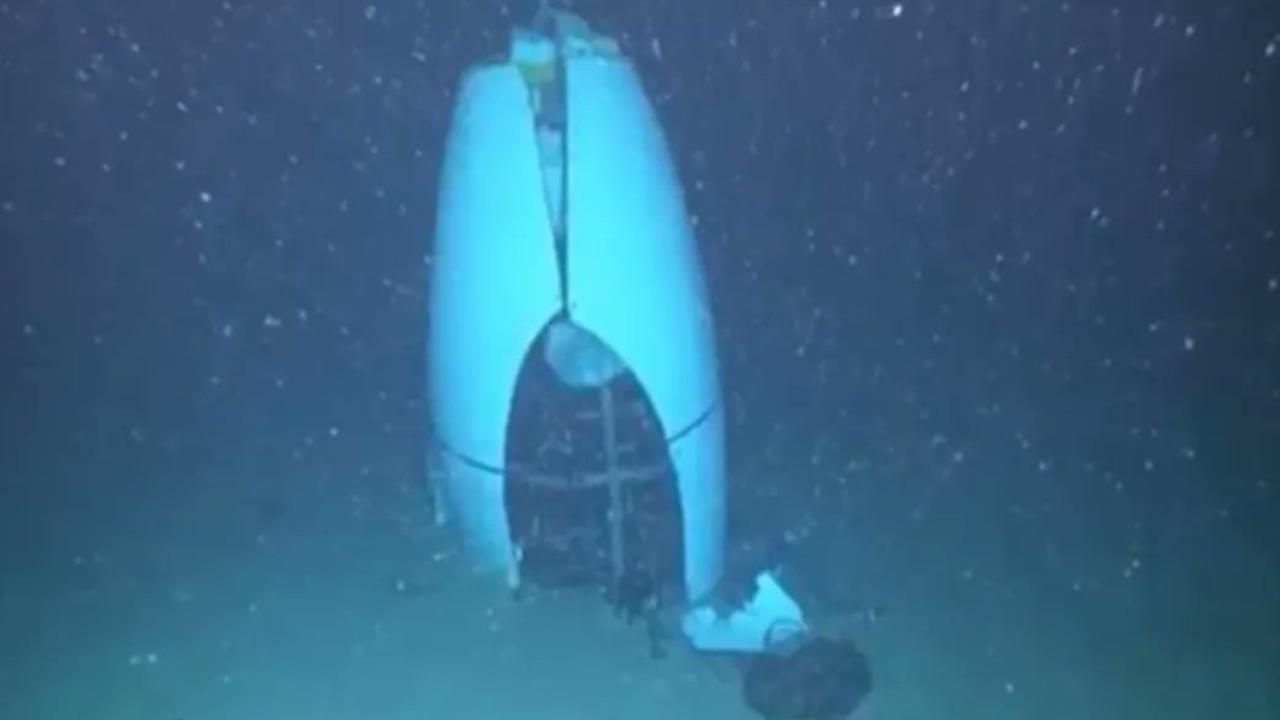Aussie researchers unlock key secret of iconic landmark Stonehenge
Stonehenge has captured the imaginations of countless tourists for generations and now a pair of Aussies have unlocked one of its biggest secrets.

World
Don't miss out on the headlines from World. Followed categories will be added to My News.
Australian researchers have unlocked a secret of the famed and fabled British landmark Stonehenge, in a discovery that could turn history on its head.
A team from Perth’s Curtin University studied the age and chemistry of mineral grains within fragments of one of the circular monument’s biggest features, the six-tonne Altar Stone.
Long believed to have originated in Wales, the scientists discovered the prehistoric monolithic structure’s central stone came from much further afield.
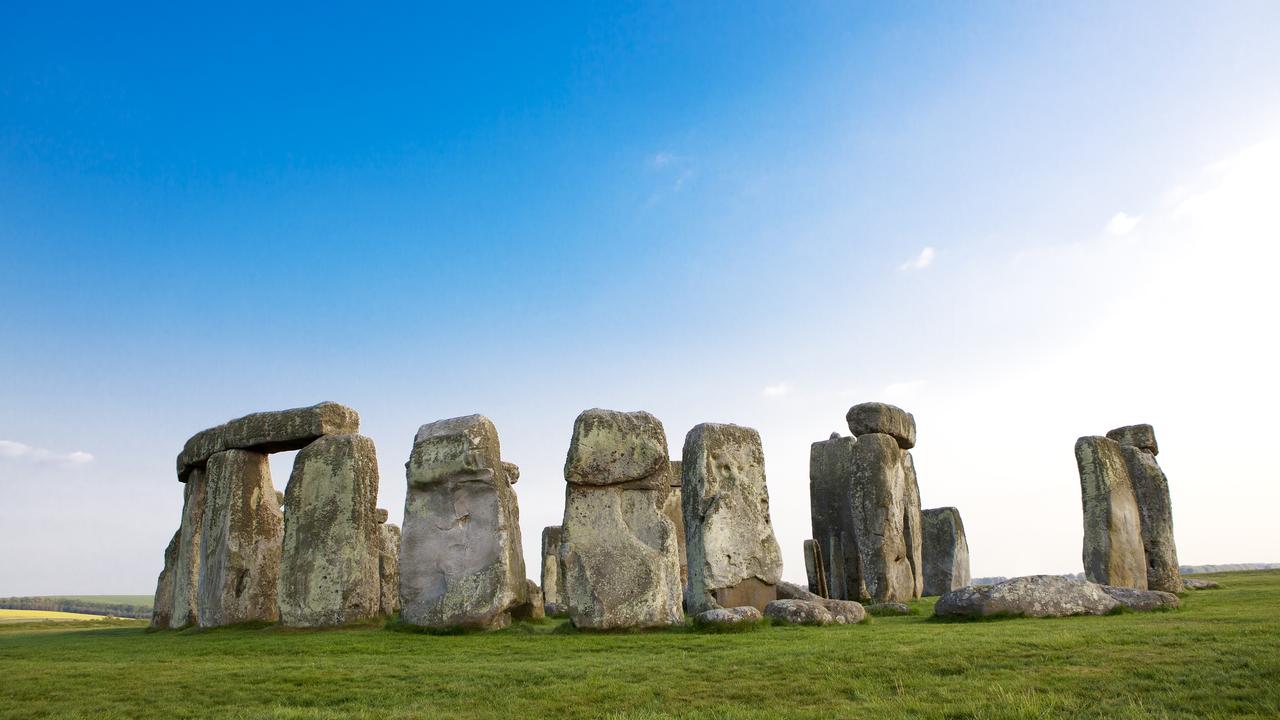
The significance of that discovery is that it points to unexpectedly and previously unknown advanced transportation methods.
It also raises new theories about how society was structured some 5000 years ago when Stonehenge was built in Wiltshire in the south of England.
The explosive findings were published today in the academic journal Nature, centring on the chemical make-up of the 50 centimetre block of sandstone, measuring one metre wide and five metres high, that is the Altar Stone.


Anthony Clarke, a PhD student at the Timescales of Mineral Systems Group within Curtin University’s School of Earth and Planetary Sciences, was the lead author of the article.
Mr Clarke said analysis of the age and chemical composition of minerals within fragments of the Altar Stone matched it with rocks from northeast Scotland.
The testing also clearly differentiated the stone from those found in Welsh bedrock, which is where experts and historians had previously thought it originated.
“Our analysis found specific mineral grains in the Altar Stone are mostly between 1000 to 2000 million years old, while other minerals are around 450 million years old,” Mr Clarke said.
“This provides a distinct chemical fingerprint suggesting the stone came from rocks in the Orcadian Basin, Scotland, at least 750 kilometres away from Stonehenge.”
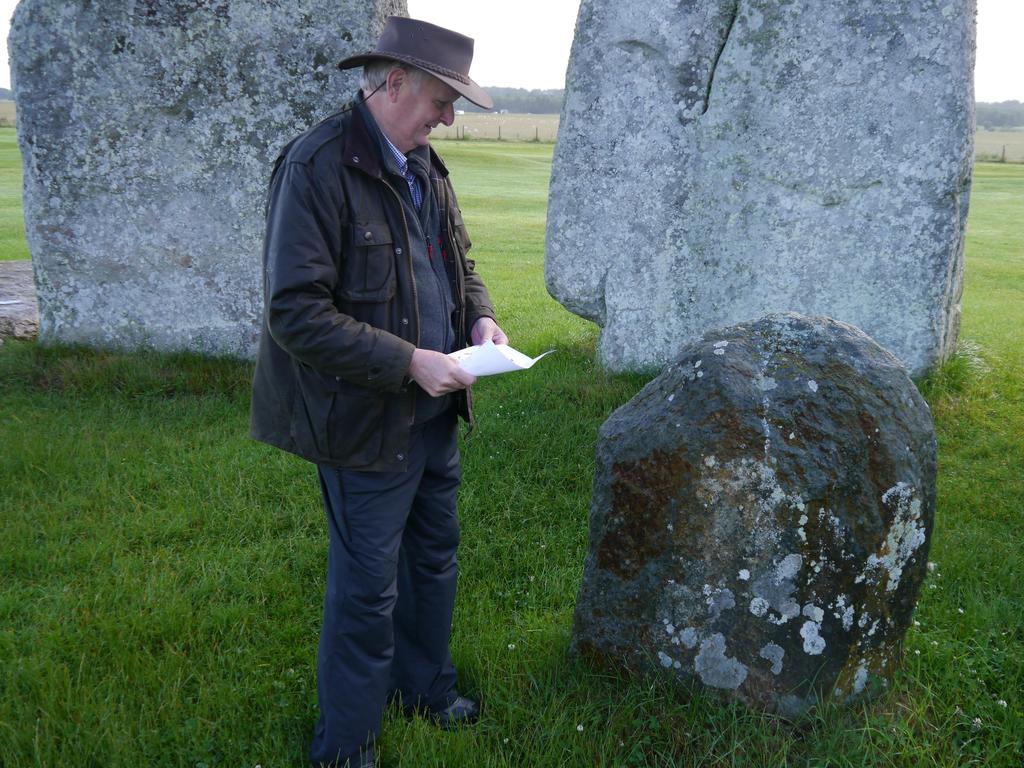
The original Stonehenge was constructed about 5000 years ago and served as a cremation ceremony, according to the British Museum.
Some 500 years later, the monument underwent something of a renovation, with stones rearranged and moved.
“Each of the massive stones were pounded into shape and raised into the central setting of uprights and capping lintels – the familiar image we know today,” the British Museum explained.
“This work required unprecedented co-operation, planning and patience in the name of social and religious service.”
The axis of the stones at the centre of Stonehenge mark the position of the rising midsummer sun and the setting midwinter sun.
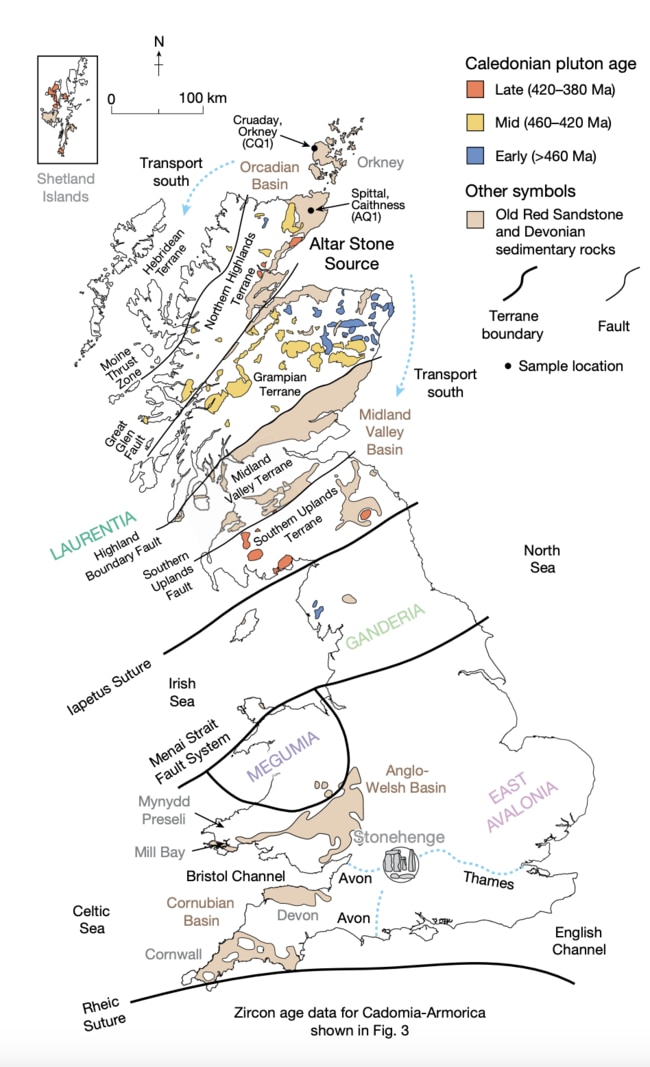
As the Nature article noted: “The megaliths of Stonehenge are divided into two major categories: sarsen stones and bluestones. The larger sarsens comprise duricrust silcrete predominantly sourced from the West Woods, Marlborough, approximately 25 kilometres north of Stonehenge.
“Bluestone, the generic term for rocks considered exotic to the local area, includes volcanic tuff, rhyolite, dolerite and sandstone lithologies. Some lithologies are linked with Neolithic quarrying sites in the Mynydd Preseli area of west Wales.
“The central megalith of Stonehenge, the Altar Stone, is the largest of the bluestones … and is a recumbent stone … composed of pale green micaceous sandstone with distinctive mineralogy.“
And it definitely did not come from Wales, it has now been determined.
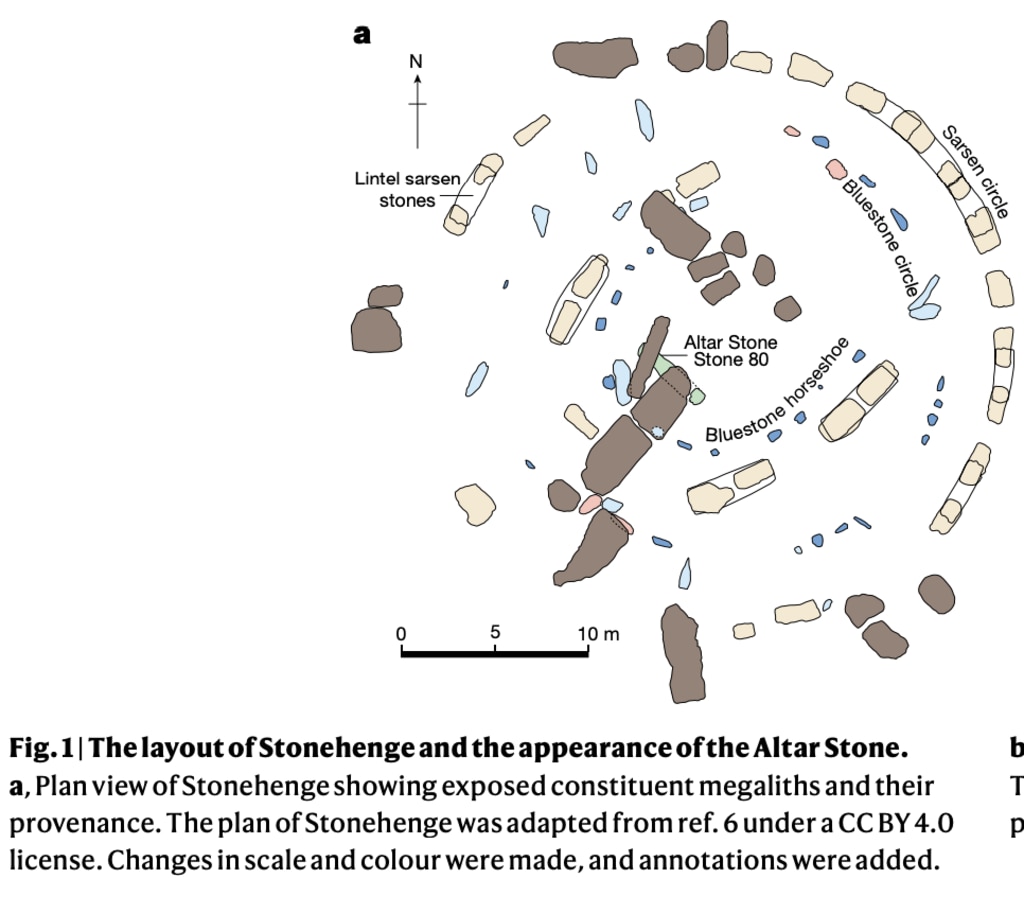
The Altar Stone’s origins in Scotland raise “fascinating questions considering the technological constrains of the Neolithic era, as to how such a massive stone was transported over vast distanced around 2600BC”, Mr Clarke said.
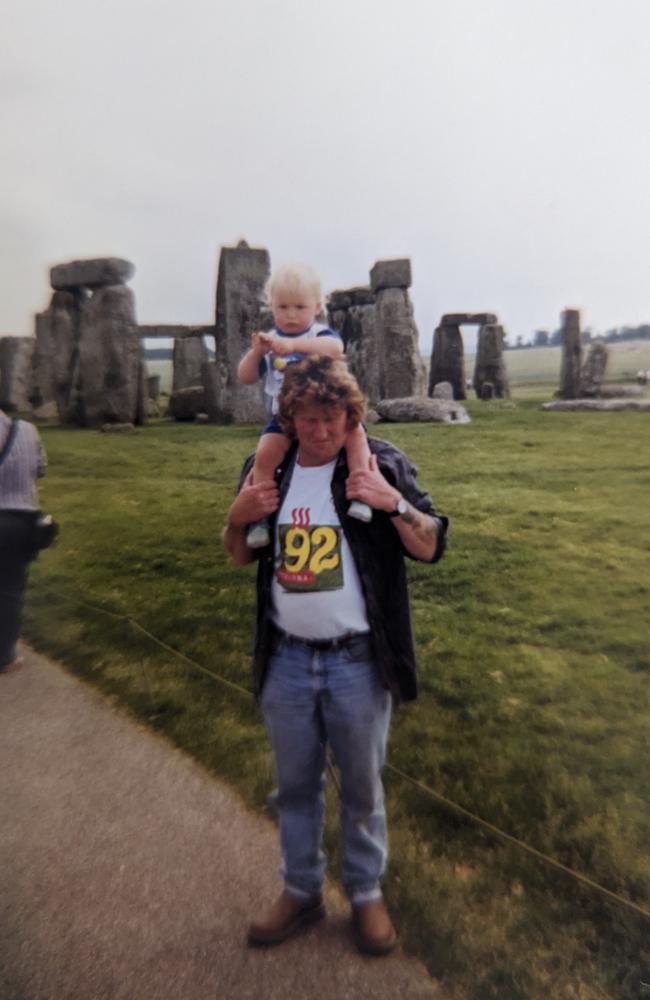
Professor Chris Kirkland co-authored the study and said the surprise results had some big implications for how history viewed ancient society.
“Our discovery of the Altar Stone’s origins highlights a significant level of societal co-ordination during the Neolithic Period and helps paint a fascinating picture of prehistoric Britain,” Professor Kirkland said.
“Transporting such massive cargo overland from Scotland to southern England would have been extremely challenging, indicating a likely marine shipping route along the coast of Britain.
“This implies long-distance trade networks and a higher level of societal organisation than is widely understood to have existed during the Neolithic Period in Britain.”
Mr Clarke grew up in Mynydd Preseli in Wales, where some of Stonehenge’s ancient monoliths did come from, and he first visited the iconic tourist attraction as a toddler.
“Now at 25, I returned from Australia to help make this scientific discovery – you could say I’ve come full circle at the stone circle.”
More Coverage
Originally published as Aussie researchers unlock key secret of iconic landmark Stonehenge


